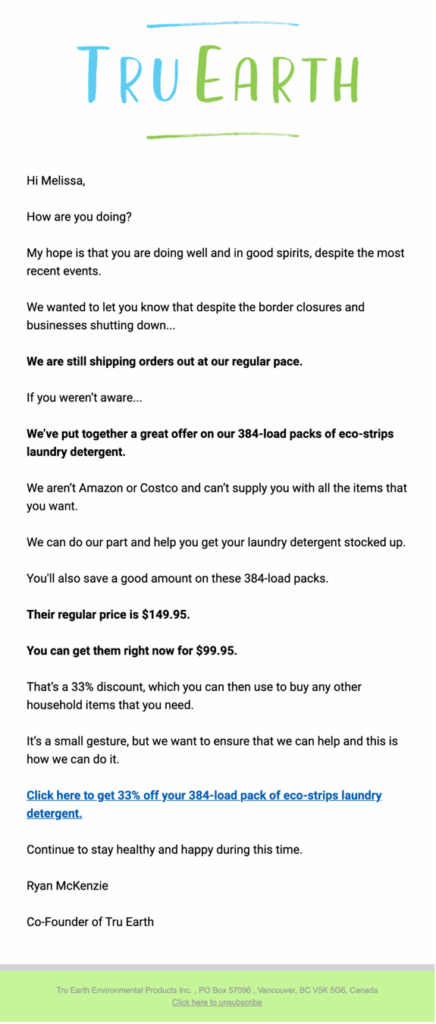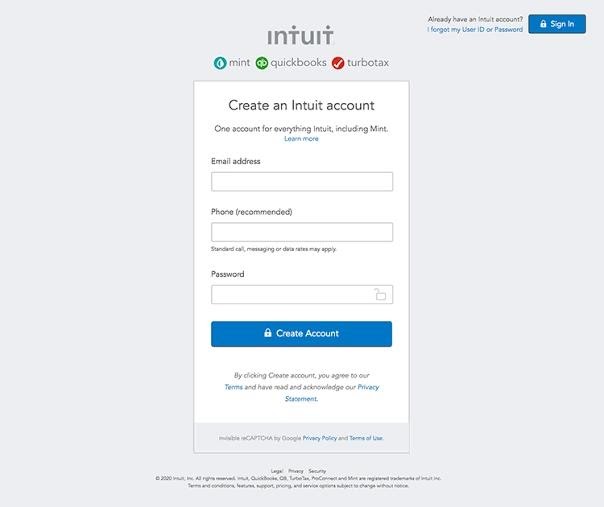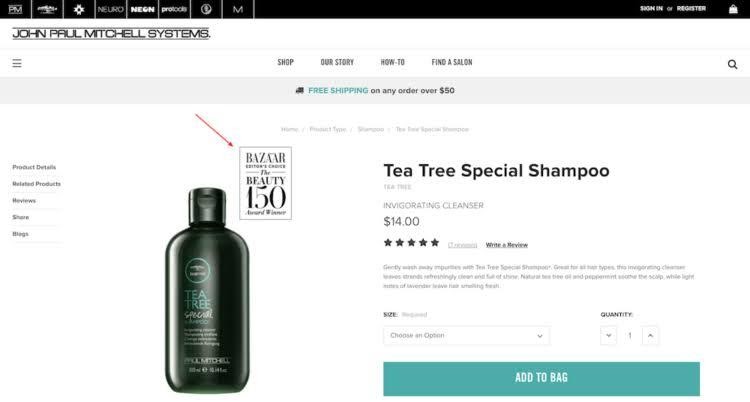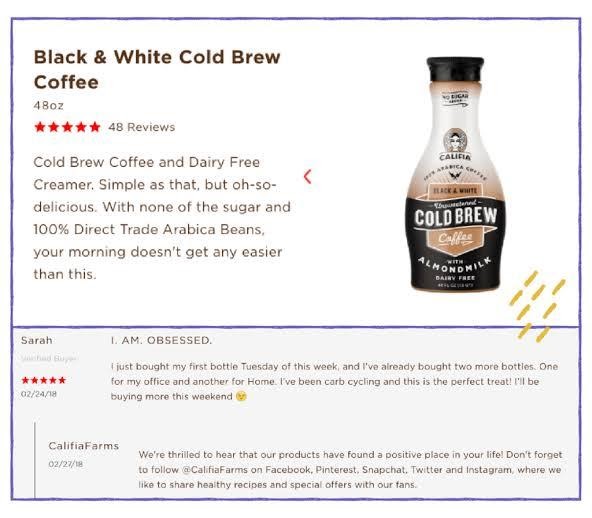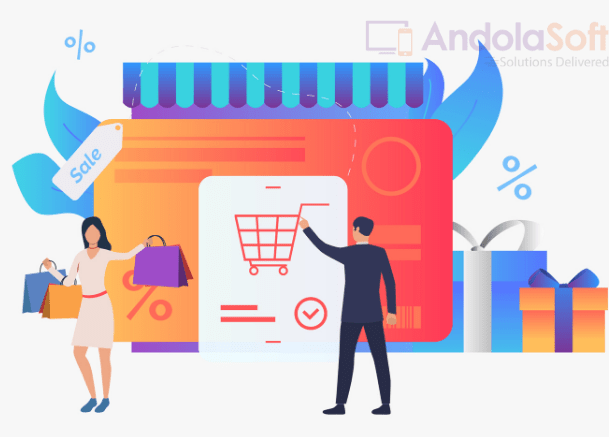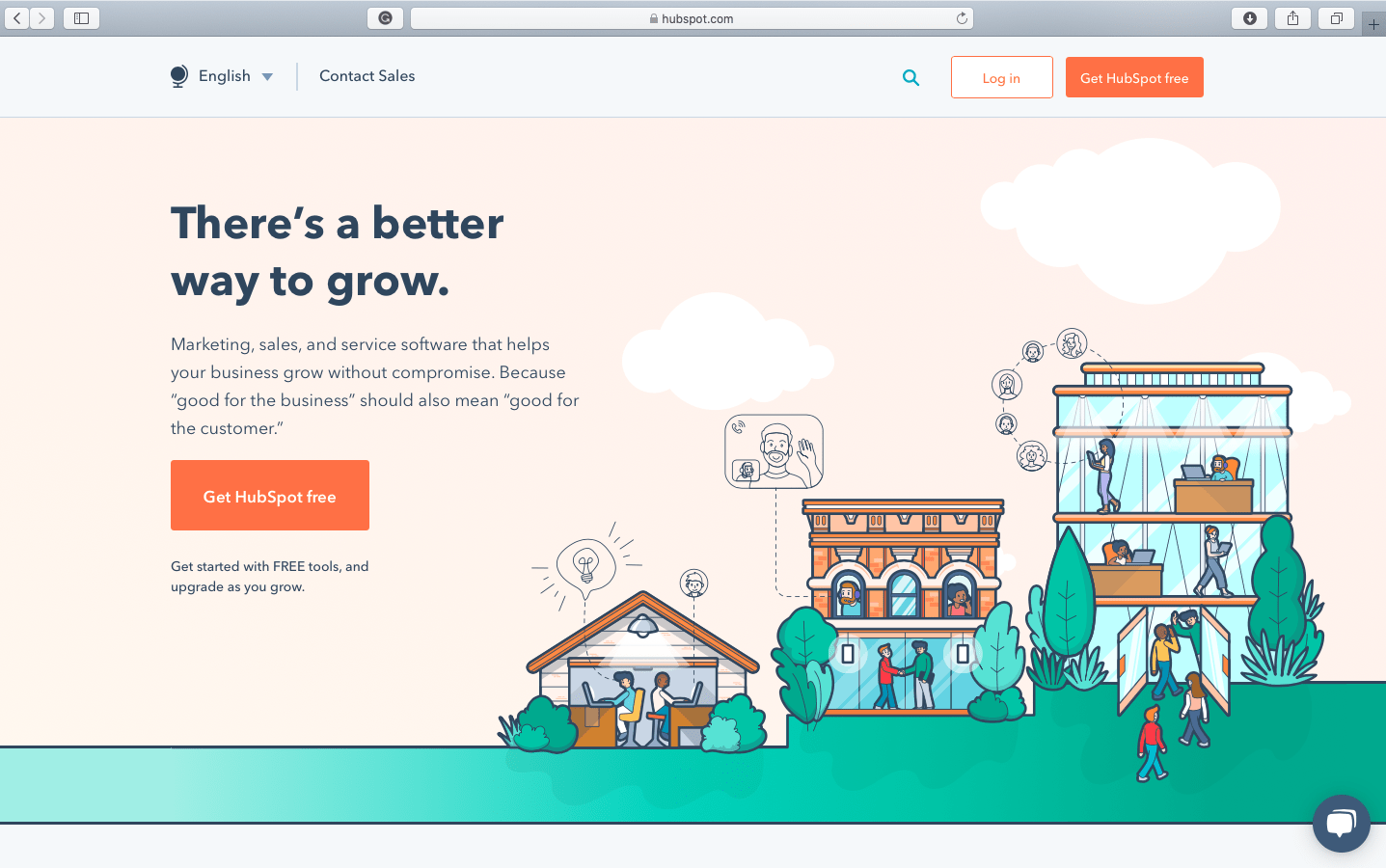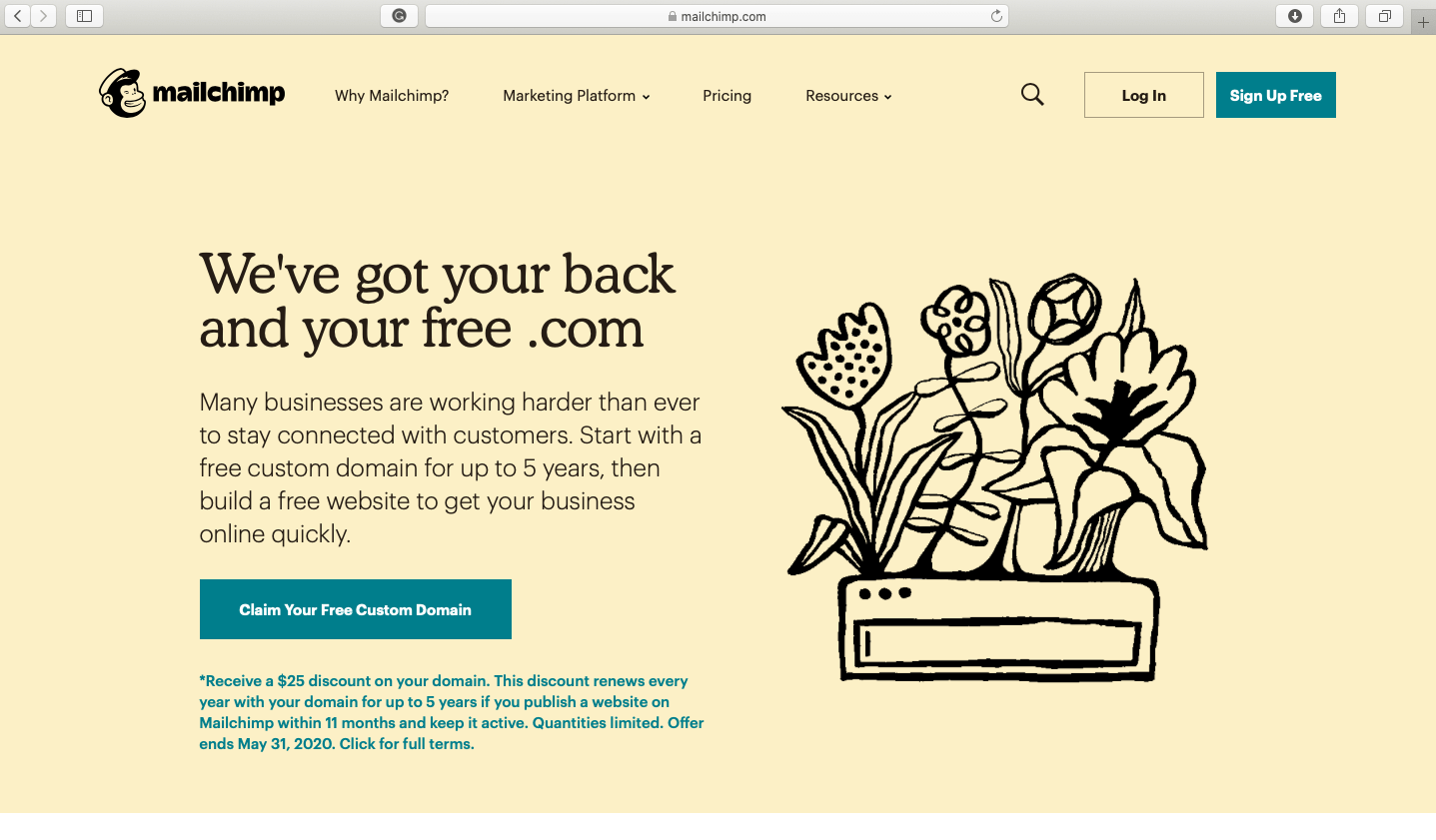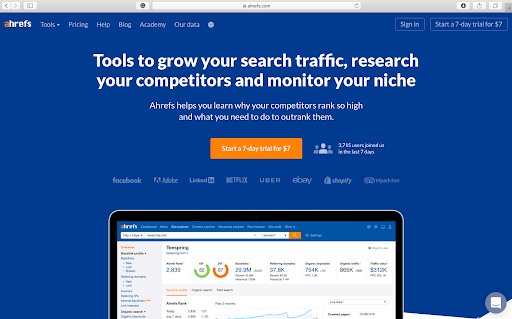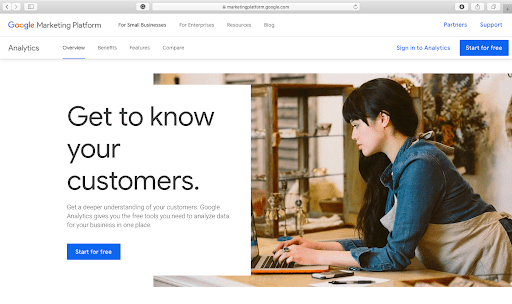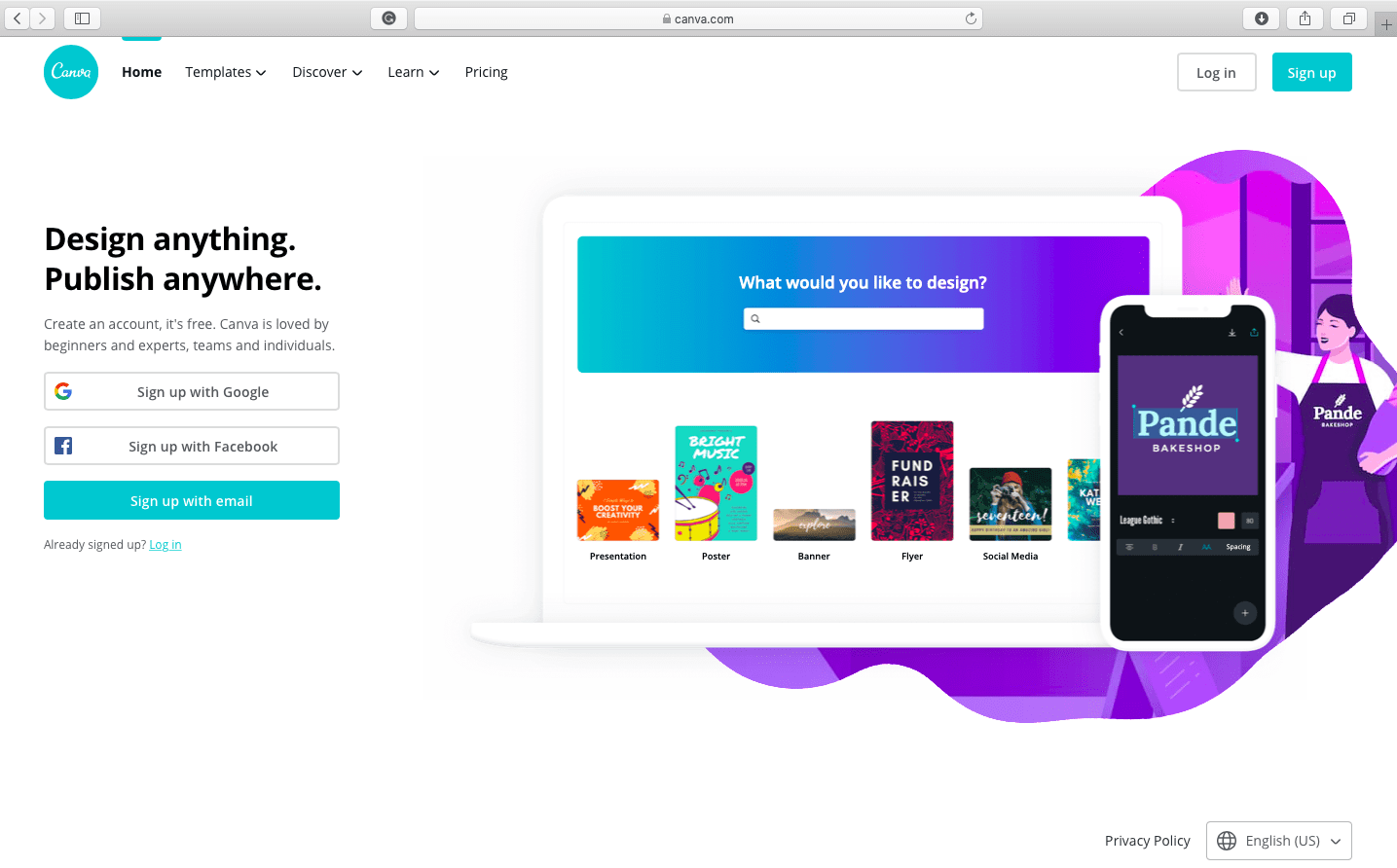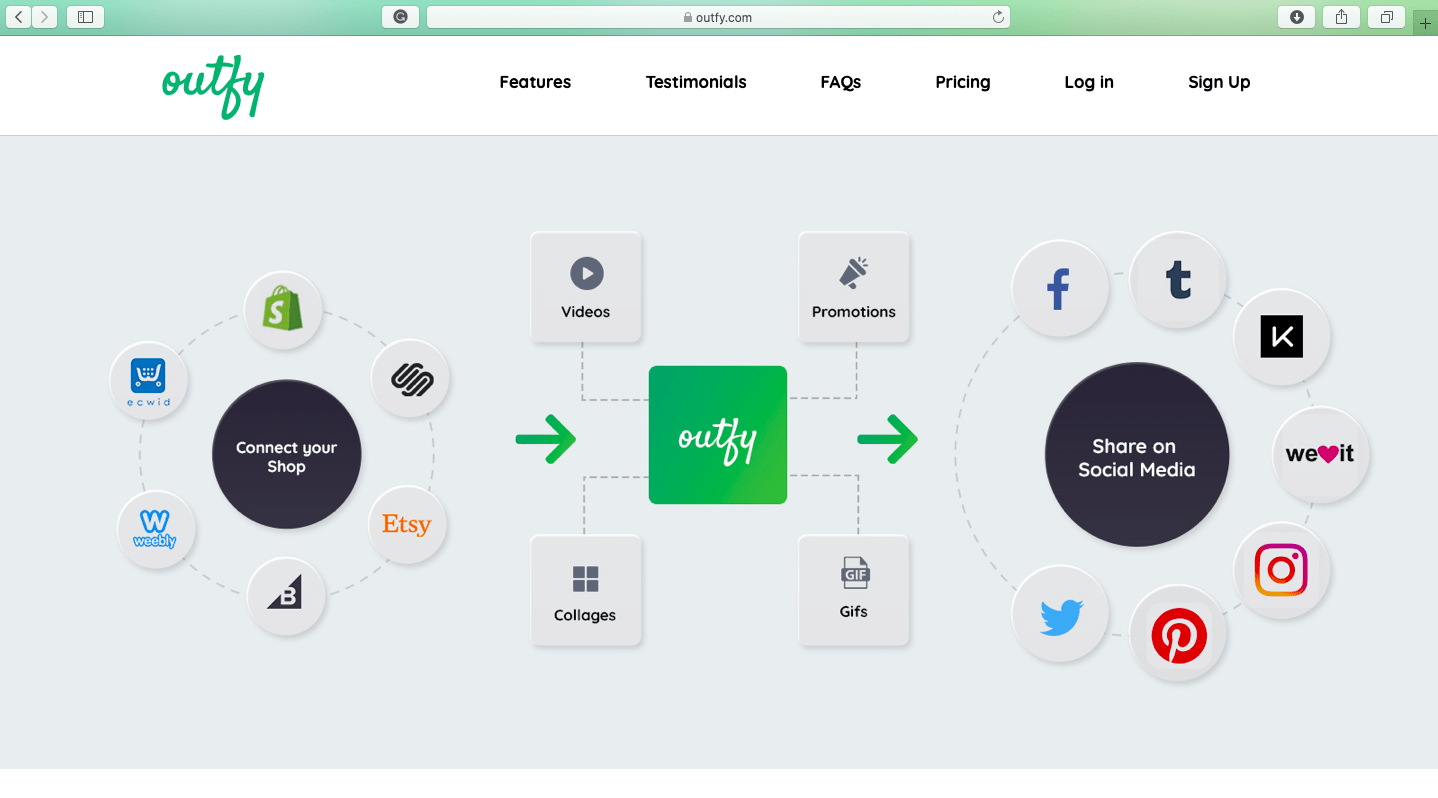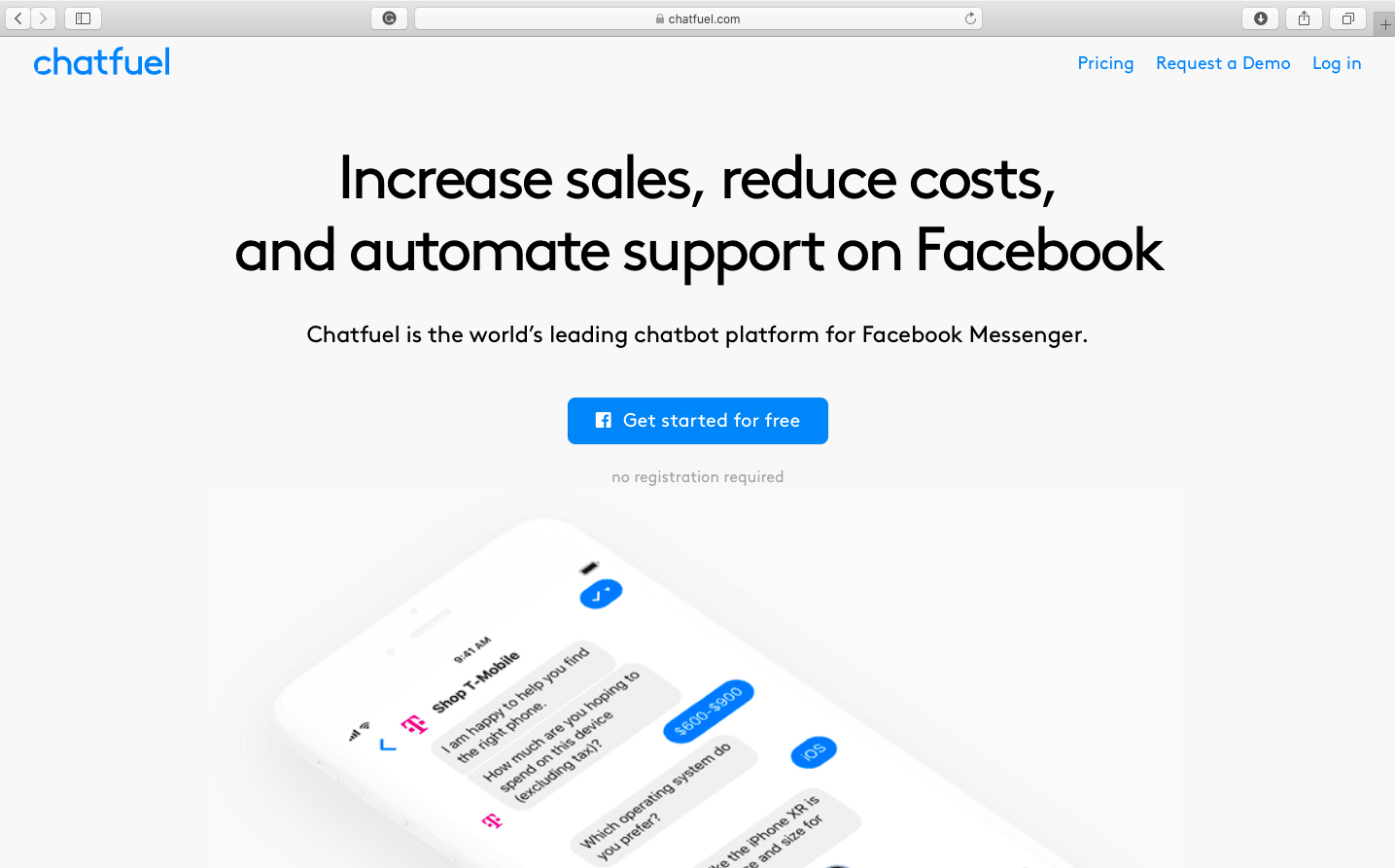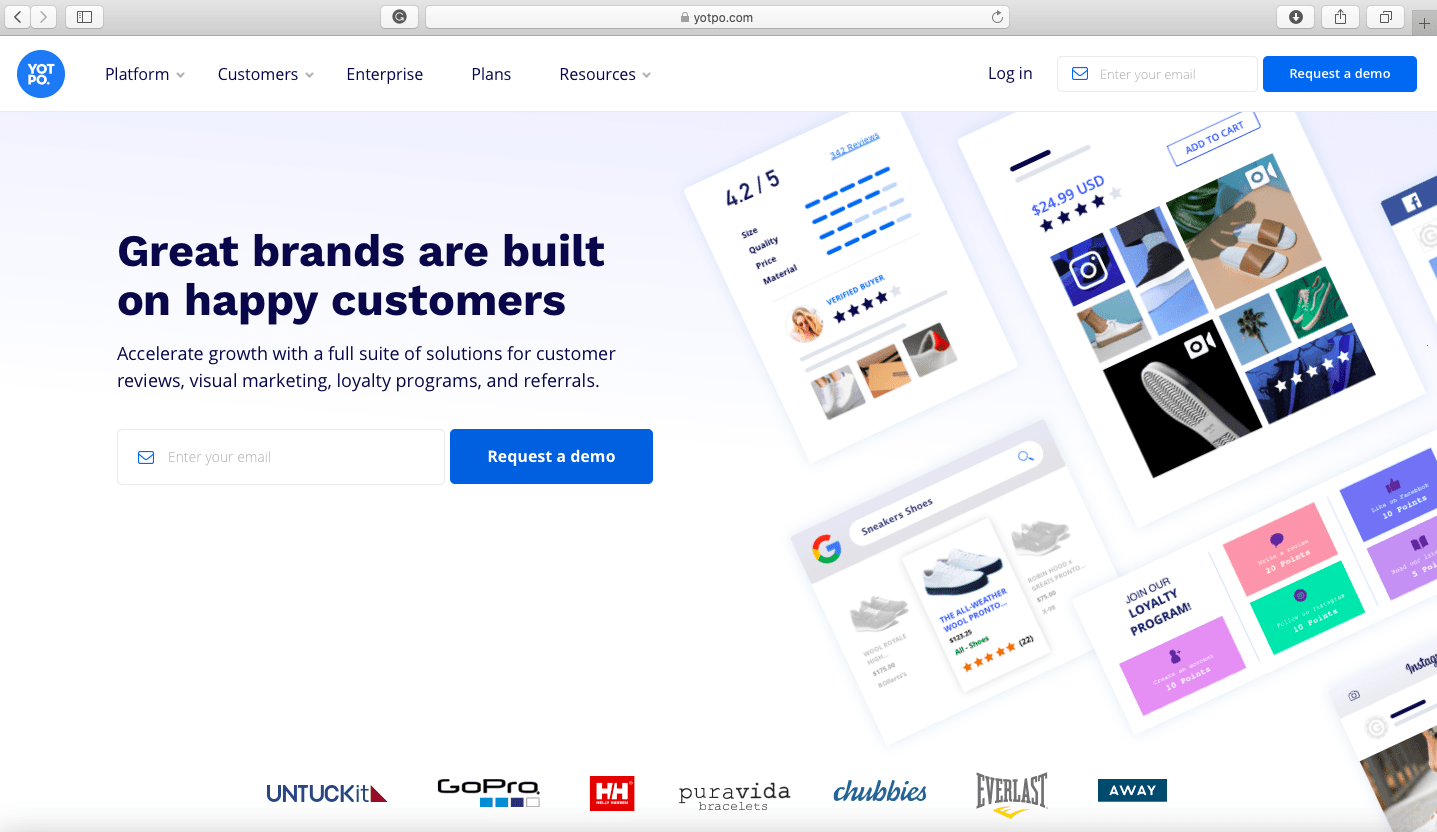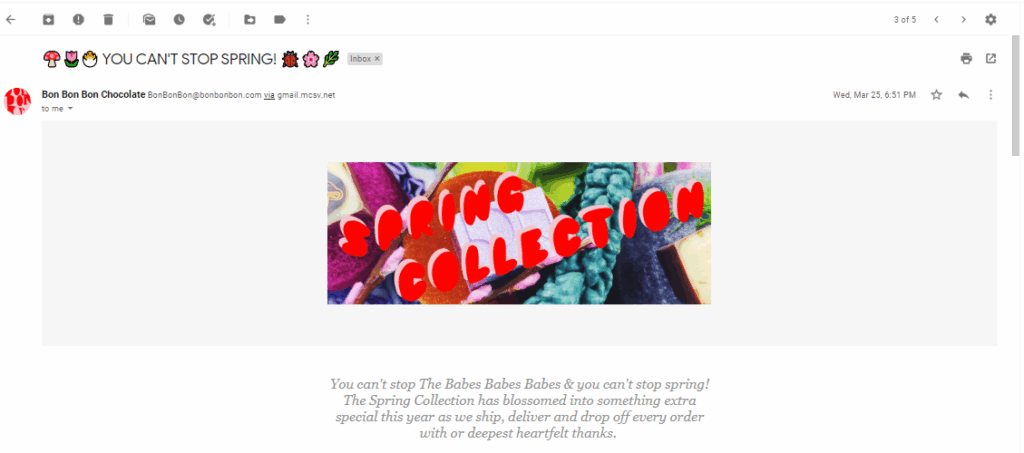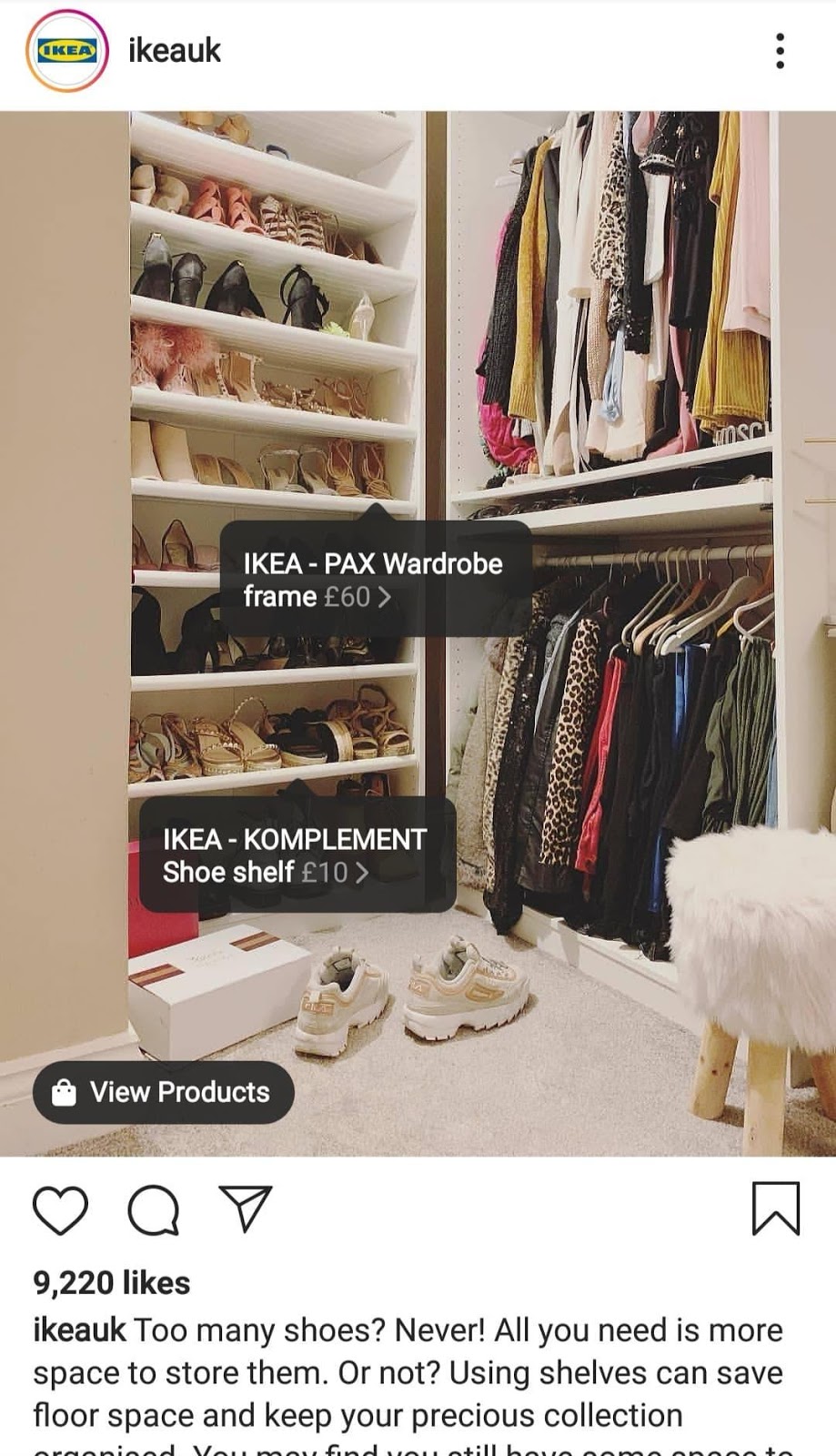It’s no doubt that the Coronavirus pandemic is taking its toll on businesses around the world. Marketers are referring to it as the season of ‘crisis marketing’ where businesses must adapt to consumer demands to survive and thrive.
As consumers are locked indoors, the number of online orders is on the rise and many are working towards stocking up for worse outcomes due to the pandemic.
This is a time when businesses have to be clear and vocal about their communications and operations. Here is a list of the top eCommerce Marketing Ideas During COVID-19 being employed by businesses
1. Pay Per Click or Paid Ads
We’re all stuck indoors due to the Coronavirus and this is a time when people are busy stocking up. If your brand is contributing to helping people and committed to the cause, you should let people know.
PPC Campaigns or Paid Ads are experiencing lesser clicks on average but that doesn’t mean they’ve become irrelevant.
Never miss an update from us. Join 10,000+ marketers and leaders.
Fast-moving Consumer Goods (FMCG), healthcare and medical businesses, food, and retail – these are the sectors experiencing the fastest growing at the moment. Home improvement eCommerce businesses are seeing a steady increase in conversions and investing their money on ad spends.
-
Google Shopping Ads
Google is giving away free credits that online marketers can use to place shopping ads on the platform. For businesses selling courses or offering valuable products during these times, the Google Product Feed lets merchants sync their inventories with the Google Merchant Center and AdNabu has written a handy guide on how to use these Shopping Ads to your advantage.
-
Re-Targeting Ads
Over 2 billion people log in to Facebook every day and Google itself has a huge user base. Retargeting ads are an eCommerce marketing strategy where you place ads on external websites. When leads click on these ads, they are redirected to your main website or landing pages.
Nomatic does a wonderful job of applying this. Whenever a customer adds something to their cart and leaves it behind, they display ads on their Facebook Newsfeed.
Source: Veeqo
2. Content Marketing
Content marketing has become a priority for brands that want to stay in business. Sales-focused content marketing won’t do too well since this is a time of crisis but content marketing that tells your audiences what’s going on will help.
Sharing updates about your changes in shipment policy, alterations to business inventory, and how the brand is adapting to changes across the COVID-19 landscape economically and more – these are stories your readers want to hear about.
-
Video Content
Over 78% of users online prefer watching videos over textual content according to HubSpot. eCommerce video content trends show that businesses with YouTube channels and IGTV videos tend to perform way better than brands who only post images and text content.
Product videos showing how the technology works or showcasing services offered by the business – these are what people want to see.
-
Blog Posts
There’s just so much that goes into eCommerce blogging but the top two tips would be – writing for your audience and sharing content that provides value.
Don’t sell too much but aim to educate your readers about what’s going on in the industry. Pay attention to optimizing your SEO and if you’re trying to learn more about eCommerce blogging strategies.
-
Interactive Content
Interactive Content has been shown to engage audiences time and time again.
Quizzes, for example, have been shown to engage audiences. 96% of readers don’t finish the pieces they are reading but when you leverage interactive content like surveys, giveaways, and contests, they are more likely to read until the end and participate.
With the blending of AI and VR, eCommerce marketers have already realized that interactive content is the future of marketing in the digital age.
Source: Outgrow
As for getting views and engagements, BuzzFeed has been doing it right so far and newcomers can learn from them.
3. Unboxing Experiences
Unboxing experiences are the holy grail of eCommerce marketing. Ask any influencer and they will highly recommend it. Despite the fact it’s COVID, there’s no denying that unboxing videos will help grow your brand.
People are willing to pay up to 4 times as much for the same product if the packaging on it looks simply stunning.
The way your boxes are designed, the messaging, and overall branding, when combined with the ultimate reveal, is sure to make an impact. Here’s an example.
-
Coupon Codes Inside the Box
Giving out coupon codes or promo codes during unboxing videos or at the start is a good way to attract new leads and convert them into customers.
It works!
4. Email Marketing
Big brands are reaching out to their subscribers and letting them know how they are being of help. Email marketing is critical to business success especially in times of this crisis. People are panic buying and brands are doing their best to assure customers that they can make it through the quarantine.
Source: Emailonacid
Take a look at how TruEarth is marketing its products while staying mindful of the situation. This is what customers appreciate.
-
New Customer Email Flows
You should have a customer onboarding and welcome strategy put in place when you’re setting up your mailing list. And this needs to be automated. You can use marketing automation software for this.
You can trigger free content downloads and send helpful relevant content automatically to your leads when they fill up your sign-up forms.
-
Browsing Follow-Up Flows
Neil Patel has best described how to use follow-up flows to increase engagements, drive more traffic, and boost conversions. He knows what he’s talking about and for a business, following up with your potential clients indicates that you actually care and make a difference.
-
Abandoned Cart Emails
Abandoned cart emails are being used as a follow-up strategy by businesses to boost sales and increase conversions. Over 70% of online shoppers fill up and abandon their carts before proceeding to the checkout page. You can prevent this and stand out from the competition.
-
Targeted Offers
Brands are kick-starting their businesses during this time by making targeted offers. We’ve covered this in our mailing list segment but if you want an in-depth guide on how to do that, read this.
5. On-site Marketing
On-site marketing involves optimizing a brand’s SEO strategy, meta descriptions, title tags, and more, in a bid to bring in more traffic and convert leads. The UX design of the website is also considered and making on-site engagement helpful to your customers is key.
A good example of this is recommending related products to your customers based on what they are adding to their carts. Encouraging your customers to share what they buy on social media is another effective tactic.
-
Sign-up Forms
Visitors don’t enjoy filling up sign-up forms which are why you want to make the process as painless as possible. Take notes from the likes of Medium and Facebook.
They’ve kept it simple. Integrate sign-up options using social media accounts for a smoother registration process. Mint has also mastered this art well by pairing it with strong copy, simple details, and a padlock icon for their call-to-action buttons for added security.
Image Source: Justinmind
-
Product Pages
Product pages are the backbone of your selling strategy. The visuals you have must go well with the details and vice versa. Make sure you write product descriptions optimized for SEO while emphasizing on uniqueness and originality.
Image Source: BigCommerce
Take a look at these examples and notice how each brand has clearly mentioned the features, benefits, and details for their offerings. Additionally, they’re crisp and concise which boosts the readability factor.
-
Content Copy
Copywriting is an essential element of successful eCommerce marketing. Using interesting and evocative language for your content copy without sounding too sales-y is what you should be going for. There are many good examples you can learn from. Don’t be afraid to take advantage of wordplay and create a sense of adventure through your offerings.
-
Product Images and Product Videos
Product images and videos should complement your content copy. You may have heard of this before but make sure your photos are high-resolution and taken in good lighting. Your product videos should showcase the different angles and have a model posing or demoing how your offerings work. Get your creative juices flowing! There’s no rule to this.
6. Selling Through Social Media
Closures of physical stores and the shift to online spaces have also forced consumers to live their life on the internet. More than 42% of consumers believe that shopping is going to fundamentally change in the future. This makes user-generated content online so much value since users are getting more active on social media platforms.
-
Instagram
Let’s dive into eCommerce marketing with Instagram. Optimize your brand’s profile bio and include a call-to-action. Your profile should be clean and simple. Make sure you also optimize your SEO and match the brand’s aesthetic with the tonality of your content copy.
Image Source: Business2community
-
Facebook
Facebook is where shoppers hang out and leave raving reviews. If you haven’t yet created a Facebook page for your business, you’re missing out. Brands prefer spending money on Facebook ads for more engagement. Additionally, your Instagram feed can be integrated with these pages.
-
Youtube
YouTube is a breeding ground for likes and engagements. Your brand can get influencers to talk about its products and services. You can leverage customer testimonial videos and put them up on your business YouTube account to attract more viewers. Ultimately, you have complete creative freedom with this marketing channel.
Doing collabs with other brands or sponsoring influencers to promote your products are good for your business during these times.
7. Market Your Business Beyond Geographic Boundaries
If you’re trying to go local, we understand. But if you’re a business that provides international shipping, your interests would be best put into targeting different geographic regions. You can use Data Analytics tools for discovering new trends and getting new leads.
I’ve worked with the team at Andolasoft on multiple websites. They are professional, responsive, & easy to work with. I’ve had great experiences & would recommend their services to anyone.
Ruthie Miller, Sr. Mktg. Specialist
Salesforce, Houston, Texas

For brands that are trying to expand during this season, marketing beyond geographic boundaries is a fantastic way to improve engagements and overall reach. Creating a mobile app on major platforms like Android and iOS is a good way to do that.
8. Highlight Product Reviews
If your customers love your products, you can bring in more leads by highlighting product reviews. These are testimonials that strike a chord with your growing audience and encourage them to buy.
Image Source: Groovehq
Conclusion
We have covered some of the most popular ideas for eCommerce marketing during COVID-19. We realize that businesses are suffering from huge dips but these are some strategies brands can use to grow and connect with potential customers better. Ultimately, COVID-19 isn’t going to last forever but it’s true that brands will be redefining the way they operate moving on. And eCommerce will be that way.



